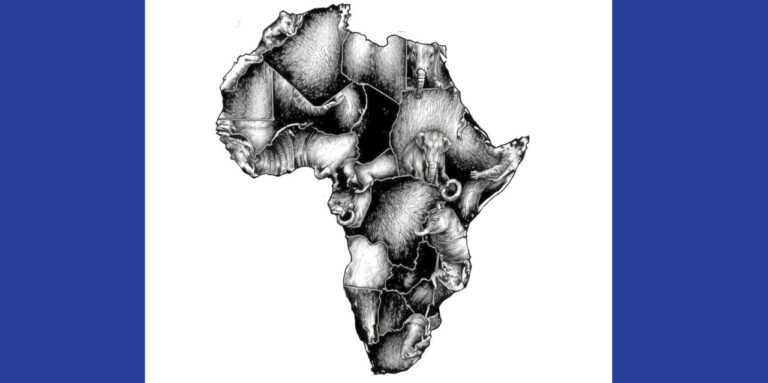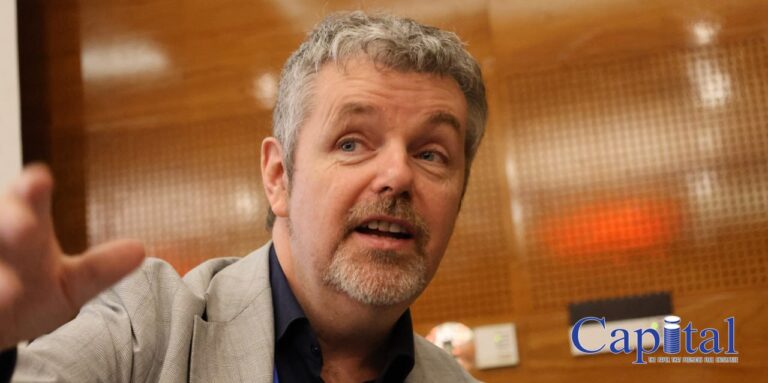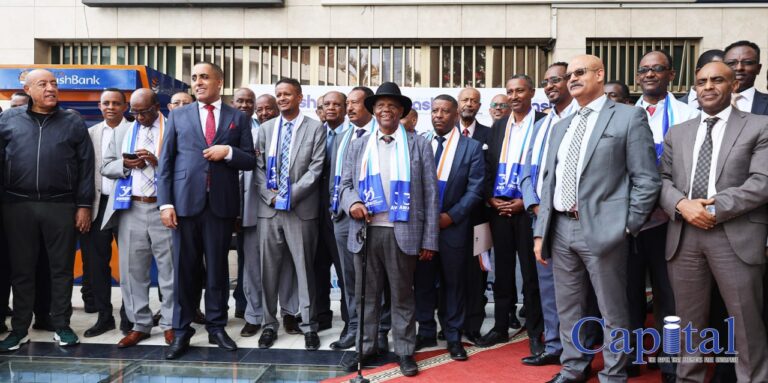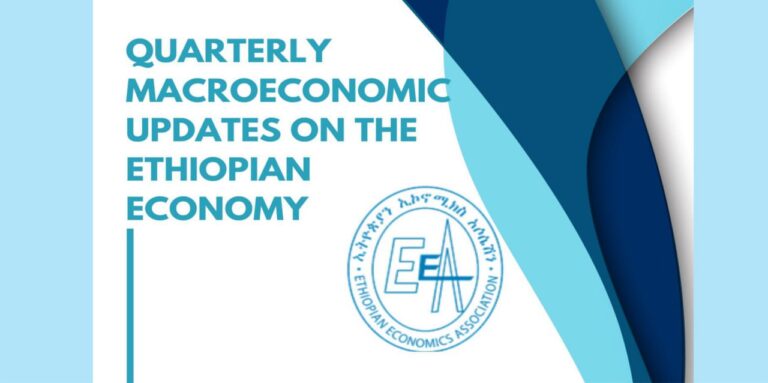As the global trade landscape becomes increasingly transactional, with rising protectionism and the imposition of new tariffs by Western economies such as the United States, Africa’s businesses find themselves navigating turbulent waters. Yet, amidst these challenges, the African Continental Free Trade Area (AfCFTA) emerges as a beacon of hope, offering unparalleled opportunities for intra-African trade, industrialization, and economic resilience.
The AfCFTA, launched in 2021, is the world’s largest free trade area, uniting 55 African nations into a single market of 1.3 billion people with a combined GDP of $3.4 trillion. By eliminating tariffs on 90% of goods and reducing non-tariff barriers, it seeks to transform Africa’s economic landscape. For businesses across the continent, AfCFTA is not just a trade agreement—it is a lifeline in an era of global economic uncertainty.
For decades, Africa’s economies have been shaped by a colonial-era trade model that prioritized raw material exports to Western economies while importing value-added goods at a premium. This dependency has left African businesses vulnerable to external shocks and volatile commodity markets. The AfCFTA aims to rewrite this narrative by fostering intra-African trade and promoting value addition within the continent.
According to the World Bank, full implementation of AfCFTA could boost intra-African trade by 45% by 2035 and increase Africa’s exports to global markets by 32%. This shift is particularly significant as Western economies impose new tariffs and trade barriers, which threaten to marginalize African exports further. By creating regional value chains and advancing industrialization, AfCFTA offers African businesses an opportunity to reduce reliance on external markets and build self-sufficiency.
Small and medium enterprises (SMEs), which form the backbone of Africa’s economy, stand to benefit immensely from AfCFTA. The agreement simplifies customs procedures and reduces cross-border transaction costs, enabling SMEs to expand their reach beyond national borders. For instance, a coffee farmer in Ethiopia can now access markets in West Africa without facing prohibitive tariffs or bureaucratic hurdles.
Moreover, AfCFTA’s emphasis on digital trade and e-commerce creates new avenues for SMEs to participate in the global economy. With over 60% of Africa’s population under the age of 25, the continent is poised to become a hub for tech-driven innovation. By leveraging digital platforms, African entrepreneurs can tap into regional markets while bypassing traditional barriers imposed by Western economies.
Recent U.S. tariff hikes exemplify the growing trend of economic nationalism that threatens to undermine global trade norms. These measures disproportionately impact developing economies like those in Africa, which rely on exports to sustain growth. However, AfCFTA provides a counterbalance by strengthening regional integration and enabling African businesses to diversify their markets.
For example, instead of exporting raw materials like cocoa or oil to Western markets subject to high tariffs, African countries can process these resources locally and trade finished goods within the continent. This approach not only adds value but also creates jobs and fosters economic resilience.
AfCFTA’s potential extends beyond trade—it is also a magnet for foreign direct investment (FDI). By creating a unified market with harmonized regulations on investment and intellectual property rights, AfCFTA reduces the risks associated with fragmented policies across individual countries. The World Bank projects that FDI into Africa could increase by up to 159% under AfCFTA, bringing much-needed capital, technology, and skills.
This influx of investment is particularly critical as Western economies tighten their purse strings on development aid and impose restrictive trade policies. By positioning itself as an attractive destination for investors from Asia, the Middle East, and within Africa itself, the continent can mitigate the impact of declining support from traditional partners.
Despite its promise, AfCFTA faces several hurdles that must be addressed to unlock its full potential. Inadequate infrastructure remains a significant bottleneck; according to the African Development Bank (AfDB), annual investments of $130–$170 billion are needed to bridge infrastructure gaps in transport, energy, and digital connectivity.
Additionally, effective implementation of non-restrictive rules of origin is essential to prevent misuse of AfCFTA provisions by external players seeking backdoor access to African markets. Policymakers must also ensure that excluded products are minimized to maximize market access across sectors.
One of AfCFTA’s most transformative aspects is its potential to drive inclusive growth across sectors. Hanan Morsy of the United Nations Economic Commission for Africa notes that high-value sectors like agribusiness and manufacturing stand to benefit significantly from increased intra-African trade. For instance, Africa exports $10 billion worth of fertilizers annually while importing $3.7 billion—a gap that regional integration can address through localized production.
Furthermore, gender inclusion is critical for maximizing AfCFTA’s impact. Women account for a substantial share of Africa’s informal traders but often face barriers such as limited access to credit and market information. By prioritizing gender-sensitive policies under AfCFTA, governments can empower women entrepreneurs and enhance their contributions to economic growth.
As Western economies turn inward with protectionist policies like U.S. tariff hikes, Africa must look within for solutions that safeguard its economic future. The African Continental Free Trade Area offers a pathway toward self-reliance by fostering regional integration, attracting investment, and empowering local businesses.
For African entrepreneurs navigating an increasingly hostile global trade environment, AfCFTA represents more than an opportunity—it is a necessity. By embracing this transformative agreement and addressing its implementation challenges head-on, Africa can chart a course toward sustainable development while asserting its place in the global economy as a united force.
AfCFTA is not just about trade—it is about rewriting Africa’s economic story in an era where resilience has become the ultimate currency.









